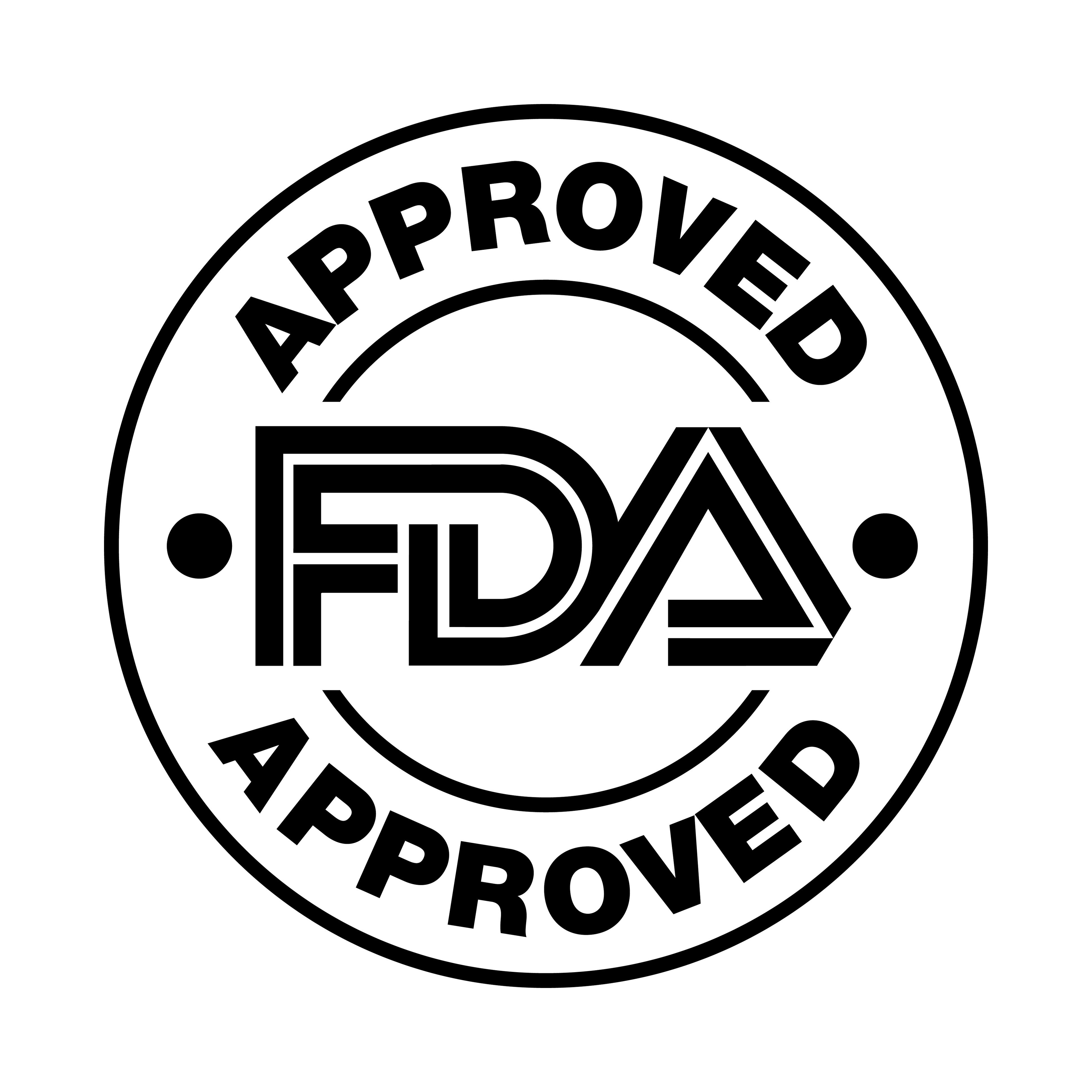Article highlights
- FDA approved phentolamine eye drops (RYZUMVI) for treating dilated pupils, available in the U.S. in early 2024.
- Around 100 million annual eye exams in the U.S. involve pupil dilation, causing side effects like light sensitivity and blurred vision.
- Phentolamine eye drops were successful in clinical trials involving over 600 participants, with significant improvements compared to a placebo in returning pupils to normal size.
- The drops showed effectiveness in both adults and pediatric patients, including those as young as 3 years old.
- They also proved safe and well-tolerated in a trial with children, offering potential benefits for managing pupil dilation in pediatric patients.
On Wednesday, September 27, 2023, the FDA approved phentolamine ophthalmic solution 0.75% eye drops (RYZUMVI; Ocuphire Pharma and Viatris) for the treatment of pharmacologically-induced mydriasis, which are expected to be commercially available in the United States during the first half of 2024.1
Approximately 100 million comprehensive eye exams involving pharmacologically-induced mydriasis of the pupils occur each year in the United States, which can last up to 24 hours, according to Ocuphire Pharma. Sensitivity to light and blurred vision are some side effects associated with pharmacologically-induced mydriasis.1
The drops were evaluated in the MIRA clinical trial program that included more than 600 participants. In the MIRA-2 and MIRA-3 (NCT05134974) phase 3 clinical trials, 533 participants aged 12 to 80 years were included. In these trails, phentolamine ophthalmic solution 0.75% demonstrated a statistically significant greater percentage (P < 0.01) of participants with study eyes returning to 0.2 mm or less from baseline pupil diameter compared to placebo (vehicle), at all time points measured from 60 minutes to 24 hours. Efficacy was similar for all age ranges, including pediatric participants in MIRA-2 and MIRA-3 aged 12 to 17 years (n = 27) , and those aged 3 to 11 years (n = 11) that were treated in the MIRA-4 phase 3 pediatric trial (NCT05223478).1,2
The MIRA-4 trial, which evaluated safety and efficacy in healthy children with pharmacologically-induced mydriasis, featured 23 children in 2 age groups; 3 to 5 years and 6 to 11 years. Children were randomized to receive one drop of phentolamine ophthalmic solution 0.75% or placebo vehicle 1 hour after receiving 1 of 3 mydriatic agents (phenylephrine 2.5%, tropicamide 1%, and a combination of hydroxyamphetamine hydrobromide 1% and tropicamide 0.25%).
Results demonstrated a favorable safety and tolerability profile and no adverse events. Ninety minutes after dosing, 64% of phentolamine ophthalmic solution 0.75% treated patients returned to baseline pupil diameter (PD) compared to 25% that received placebo. At 3 hours post-dose, 82% returned to baseline PD compared to 33% placebo, and 91% of pediatric patients returned to PD compared to 51% placebo at 24 hours post-dose.2
“I know there is a lot of excitement about this eye drop,” said Rupa Wong, MD, managing partner, Honolulu Eye Clinic, clinical associate professor, University of Hawaii John A. Burns School of Medicine in an interview with Contemporary Pediatrics. “I don’t think there is going to be that much that changes in terms of the pediatric patient population. The reason for this is most pediatric ophthalmologists, we don’t just dilate the pupil, as is done for adults to examine the inside of the eye, we’re actually also cyclopleging the children. Cycloplegia means paralyzing the focusing muscle of the eye. The reason for that is it helps us uncover the true refractive error for children.”
“We use a drop called cyclopentolate in various concentrations depending on the age of the child,” Wong said. “That actually was not studied in the [phentolamine ophthalmic solution 0.75%] clinical trials, so we don’t know if it is going to reverse. I don’t think it will because phentolamine ophthalmic solution 0.75% is an alpha-type antagonist, as opposed to the muscarinic acetylcholine receptors that are helping with the focusing muscles. I think in the older children, which were studied, [the drops] certainly might be something that could be used. If we have an older child that we are not too concerned about if they have strabismus, amblyopia, or uncorrected refractive error, then some doctors might tend to use the older types of eye drops like tropicamide and phenylephrine, which were studied in these trials. For those patients, I think it might be a benefit because a lot of kids want to get back out to do their outdoor activities. The larger pupil makes that really challenging because it makes them very light-sensitive. I think for the older kids, [this FDA approval] might be really helpful.”
Click here for the full FDA approval interview with Rupa Wong, MD.
References:
1. Ocuphire Pharma and Viatris announce FDA approval of RYZUMVI (phentolamine ophthalmic solution) 0.75% eye drops for the treatment of pharmacologically-induced mydriasis produced by adrenergic agonists (e.g., phenylephrine) or parasympatholytic (e.g., tropicamide) agents. Ocuphire Pharma. Press release. September 27, 2023. Accessed September 27, 2023. https://www.ocuphire.com/news-media/press-releases/detail/415/ocuphire-pharma-and-viatris-announce-fda-approval-of
2. Ocuphire completes last clinical trial supporting the planned 2022 NDA submission with the announcement of positive results from MIRA-4 pediatric safety trial Evaluating Nyxol for reversal of mydriasis. Ocuphire Pharma. Press release. April 28, 2023. Accessed September 27, 2023. https://www.ocuphire.com/news-media/press-releases/detail/371/ocuphire-completes-last-clinical-trial-supporting-the
